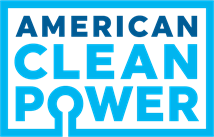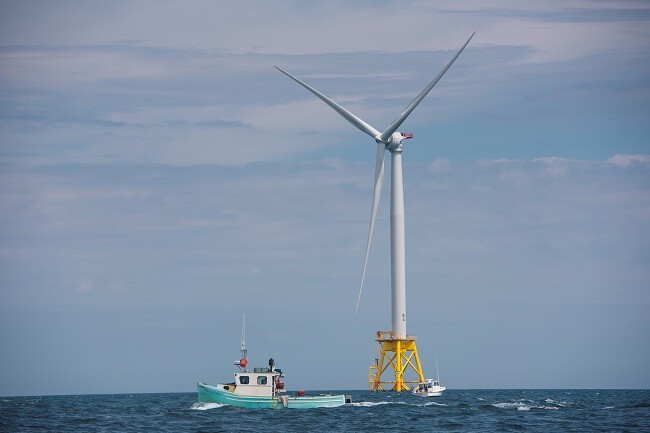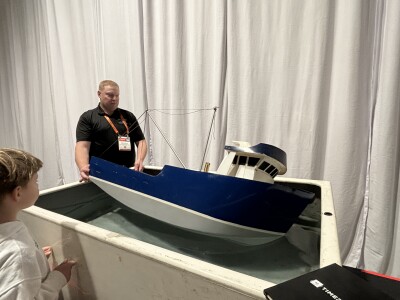June 1, 2021
U.S. Offshore Wind and Fisheries Can Co-Exist
American Clean Power


As offshore wind is set to take off as the next clean energy resource in the United States, it is crucial to understand potential impacts, plan carefully, and engage with other oceans users throughout the planning and project development process.
“The demand for offshore wind energy has never been greater. Plummeting costs, technological advances, skyrocketing demand, and great economic potential have all combined to make offshore wind a highly promising avenue for adding to a diversified national energy portfolio. The U.S. Outer Continental Shelf provides a world-class wind resource on both the Atlantic and Pacific coasts.” U.S. Bureau of Ocean Energy Management Deputy Director, Walter Cruickshank
Since the Energy Policy Act of 2005 gave BOEM the authority to lease offshore wind areas on the Outer Continental Shelf, intergovernmental state taskforces have been identifying areas that are most suitable for offshore wind development.
Years of meetings and analysis inform development of ocean tracts to avoid user conflicts. Fishing groups are invited to provide input to the taskforces during the environmental review, leasing, and permitting process. In fact, areas identified for offshore wind development have been removed because of known fishing activity. Federal and state governments hold numerous additional meetings and workshops to take input from Regional Fishery Management Councils, state-led fishery advisory groups, and others. Feedback is important and the offshore wind industry is listening.
Additional information on how to provide input in the offshore wind leasing process can be found in the Offshore Wind Public Participation Guide, BOEM’s Stakeholder Engagement and Partnerships website, and the New England Fisheries Management Council and the Mid-Atlantic Fisheries Management Council’s jointly managed offshore wind webpage.
Although offshore wind has not yet launched at scale in the U.S., Europe and the U.K. have over 20 years of experience integrating offshore wind, fisheries, and maritime shipping ocean sharing.
For example, the Holderness Fishing Industry Group and offshore wind company Orsted conducted a six-year scientific study that found that the construction and operation of a U.K. wind farm near one of the largest European commercial fishing grounds for European lobster did not have a significant negative impact on the catch rate and economic return from lobsters and lobstermen were impressed by the ease of co-existence.
Input from all ocean users is vital to the success of the launch of offshore wind at scale in the U.S. to ensure thriving co-existence for all. It is achievable, and the industry encourages fishing groups to share their voices in the discussion.






